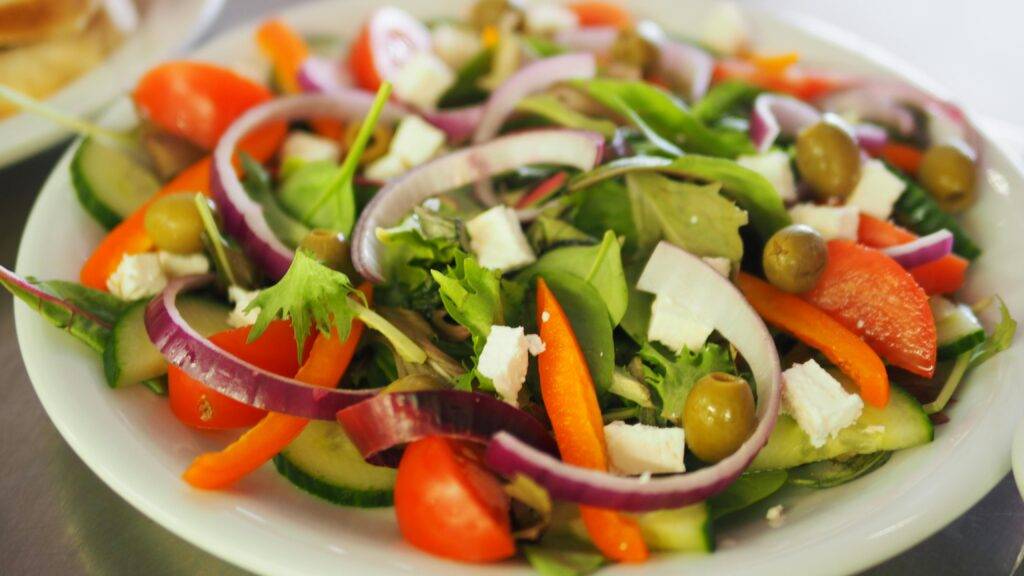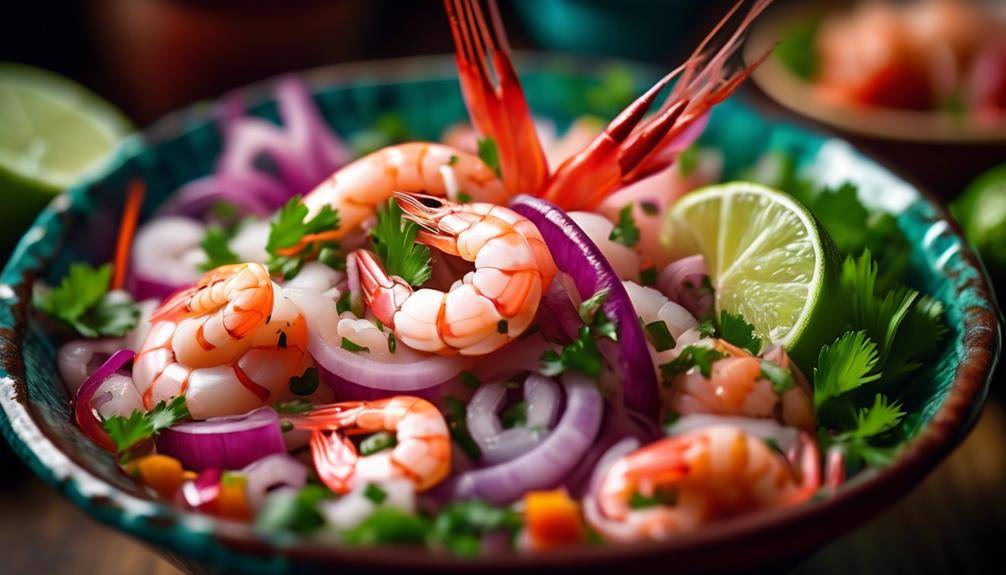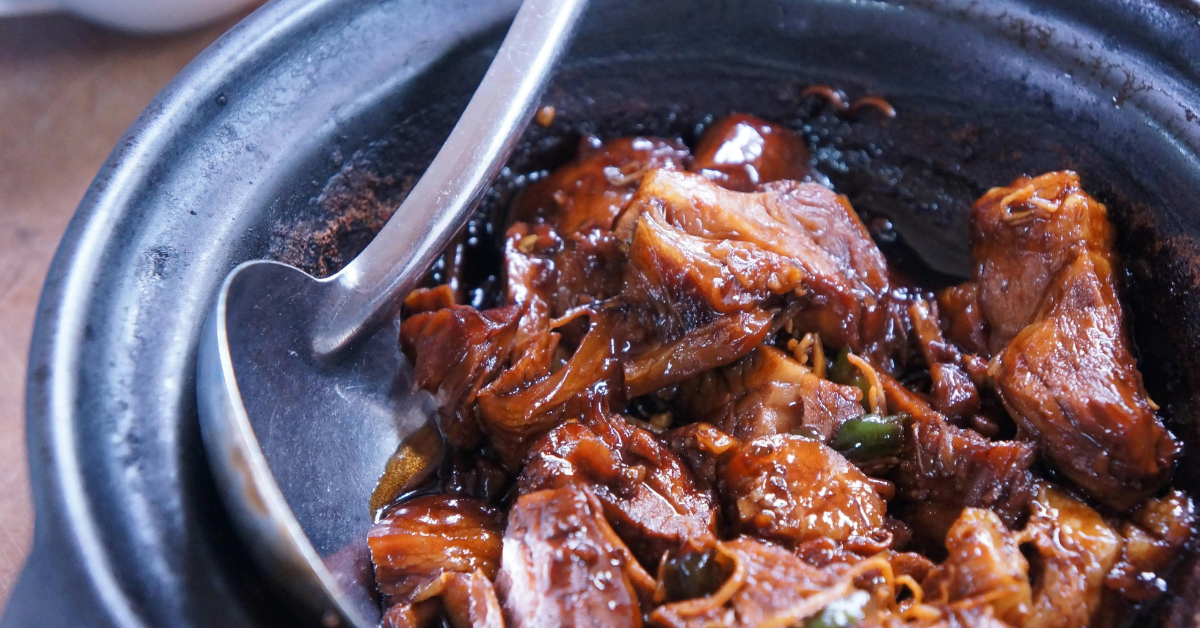Exploring the Rich Heritage of Greek Salad with Kalamata Olives

The roots of Greek Salad with Kalamata Olives trace back to the heart of Ancient Greece, where a vibrant combination of fresh vegetables and local ingredients became a staple of the Mediterranean diet. Born out of the necessity to utilize the region’s abundant produce, this salad quickly became a symbol of health and vitality.
In the ancient city-states, Greeks embraced a lifestyle centered around simplicity and wholesomeness, and their culinary choices reflected this philosophy. The use of tomatoes, cucumbers, red onions, and bell peppers, combined with the briny goodness of olives and the creamy texture of feta cheese, created a harmonious blend that satisfied both the palate and nutritional needs.
Cultural Significance: A Feast for the Senses
Greek Salad with Kalamata Olives is more than just a dish; it’s a celebration of the Greek way of life. The flavors and textures mirror the diverse landscape of the country, from the crispness of fresh vegetables to the bold, fruity taste of Kalamata olives. Feta cheese adds a creamy richness, tying the elements together in a delightful dance of tastes.
This salad has become a symbol of conviviality and hospitality in Greek culture. It graces family tables, local tavernas, and festive occasions, embodying the warmth and generosity for which Greek hospitality is renowned.
Evolution and Modern Variations: Adapting the Greek Salad Legacy
Greek Salad with Kalamata Olives, rooted in ancient traditions, has gracefully evolved over the years, embracing subtle variations to suit modern palates and culinary trends.
Incorporating Contemporary Flair
In the contemporary culinary landscape, chefs and home cooks alike have explored creative ways to enhance the classic Greek Salad. While the traditional ingredients remain sacred, inventive twists add depth and complexity. The evolution involves not only the addition of new elements but also a reimagining of presentation and flavor profiles.
Fusion of Global Influences
With the world becoming a global village, Greek Salad has encountered a fusion of international flavors. Influences from various cuisines find their way into the salad bowl, creating intriguing blends that resonate with diverse taste preferences. Whether it’s a sprinkle of quinoa for added protein or a touch of Middle Eastern sumac for a citrusy kick, these adaptations showcase the salad’s adaptability and universal appeal.
Embracing Seasonal Produce
One significant evolution lies in the emphasis on seasonal, locally sourced produce. While the core ingredients remain unchanged, the choice of ripe, seasonal vegetables enhances the salad’s freshness and taste. This adaptation not only supports sustainable practices but also ensures a dynamic and ever-changing flavor profile based on the availability of ingredients.
Culinary Creativity at Its Peak
Modern variations of Greek Salad extend beyond the traditional boundaries, with chefs experimenting with innovative combinations. Some may opt for heirloom tomato varieties, while others introduce microgreens or edible flowers for an aesthetically pleasing presentation. These creative endeavors pay homage to the salad’s heritage while inviting culinary exploration.
The Rise of Personalization
In the age of individual preferences and dietary choices, Greek Salad has become a canvas for personalization. Whether catering to vegetarian, vegan, or gluten-free diets, individuals can tailor the salad to meet their specific needs without compromising its essential character. This adaptability ensures that Greek Salad continues to be a beloved dish for people with diverse culinary inclinations.
Greek Salad with Kalamata Olives; A Continual Culinary Adventure
As Greek Salad with Kalamata Olives journeys through time, its ability to gracefully adapt and embrace modern influences remains a testament to its enduring popularity. The evolving variations showcase the salad’s resilience and versatility, ensuring that it remains a timeless culinary masterpiece enjoyed by generations to come.

Greek Salad with Kalamata Olives
Ingredients
- 3 large tomatoes diced
- 1 cucumber peeled and diced
- 1 red onion thinly sliced
- 1 green bell pepper diced
- 1 cup Kalamata olives pitted
- 200 g feta cheese crumbled
- 1/4 cup extra-virgin olive oil
- 2 tablespoons red wine vinegar
- 1 teaspoon dried oregano
- Salt and pepper to taste
Instructions
- Prepare the Vegetables:
- Dice the tomatoes, cucumber, and green bell pepper into bite-sized pieces.
- Thinly slice the red onion.
- Combine the Vegetables:
- In a large salad bowl, combine the diced tomatoes, cucumber, sliced red onion, and diced green bell pepper.
- Add Kalamata Olives:
- Gently fold in the Kalamata olives, distributing them evenly throughout the salad.
- Crumble Feta Cheese:
- Crumble the feta cheese over the salad, ensuring a scattered distribution.
- Prepare the Dressing:
- In a small bowl, whisk together the extra-virgin olive oil, red wine vinegar, dried oregano, salt, and pepper. Adjust seasoning to taste.
- Dress the Salad:
- Pour the dressing over the salad, ensuring that all ingredients are well-coated. Gently toss the salad to combine.
- Chill and Serve:
- Place the salad in the refrigerator for at least 30 minutes to allow the flavors to meld.
- Serve Fresh:
- Just before serving, give the salad a final gentle toss. Serve chilled and enjoy the crisp, refreshing flavors of Greek Salad with Kalamata Olives.
Conclusion:
In the grand tapestry of culinary history, Greek Salad with Kalamata Olives stands as a timeless masterpiece, weaving together centuries of tradition, cultural richness, and gastronomic delight. As we conclude this exploration into its origins and evolution, it’s evident that this salad is more than just a dish; it’s a cultural icon that has transcended time and borders.
A Culinary Legacy Preserved
Greek Salad’s journey from the sun-soaked landscapes of ancient Greece to contemporary dining tables worldwide is a testament to the enduring allure of its flavors. Each bite encapsulates the essence of a culinary legacy, carrying the whispers of generations past. The salad’s ability to preserve tradition while adapting to modern tastes ensures its place as a revered dish in the ever-evolving world of gastronomy.
Cultural Resilience and Adaptability
Throughout its history, Greek Salad has weathered the storms of change, yet its core ingredients—crisp cucumbers, juicy tomatoes, briny Kalamata olives, and creamy feta—remain steadfast. The salad’s resilience lies not only in its ingredients but also in its ability to absorb new influences, making it a symbol of cultural adaptability and acceptance.
Shared Moments and Global Appeal
Whether enjoyed under the Mediterranean sun, in a bustling urban café, or at a family dinner table, Greek Salad has the magical ability to evoke a sense of togetherness. Its global popularity transcends borders, bringing people together through shared culinary experiences. As we relish this dish, we partake in a universal communion that transcends language, embodying the idea that good food fosters connections.
Inviting Future Explorations
As we bid farewell to this exploration of Greek Salad’s rich history, we are reminded that its story is far from over. The salad invites future chefs, home cooks, and food enthusiasts to embark on their own culinary adventures. Its simple yet profound composition serves as a canvas for endless possibilities, ensuring that each generation adds a brushstroke to this culinary masterpiece.
An Ongoing Love Affair
In conclusion, Greek Salad with Kalamata Olives is more than a delightful combination of ingredients; it is a love affair with flavors, a celebration of culture, and a bridge between the past and the present. As we savor its crisp freshness, let us also savor the rich tapestry of history and heritage that it carries—a timeless culinary masterpiece that continues to captivate hearts and palates around the globe.








